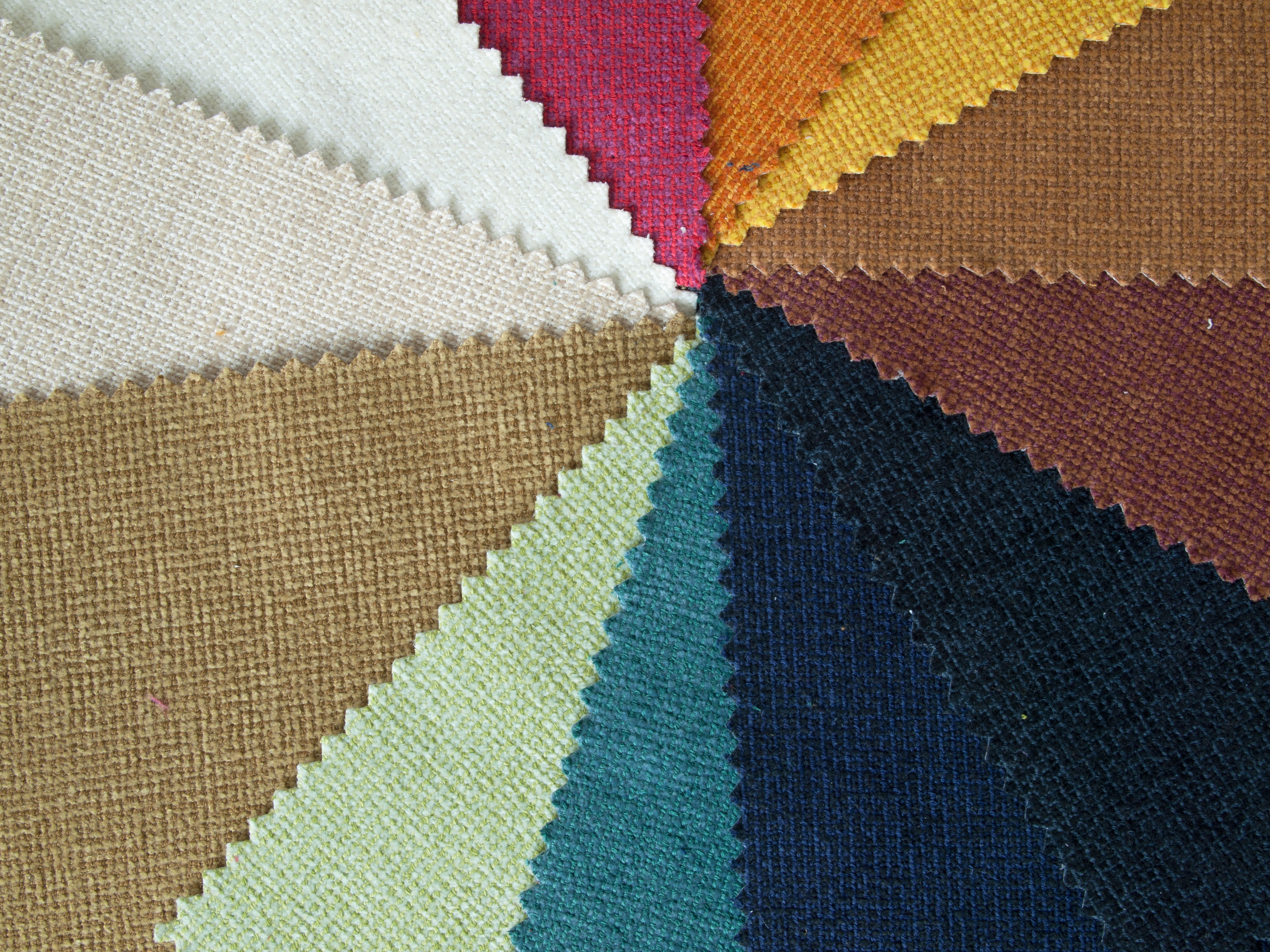The Cost of Quality Defined
In the B2B manufacturing world, the “Cost of Quality” rule should always remain at the top of your mind. The rule states that costs associated with poor quality increase significantly as they move closer to their end consumption. This exponentially increasing cost is something that your business should plan to mitigate.
The American Society for Quality’s (ASQ) definition states that there are costs of good quality (appraisal and prevention costs) and that there are costs of bad quality (internal and external failures). Through cautious attention to detail up-front, a business can avoid product failures (costs of bad quality) by spending a little more on costs of good quality (additional appraisal, or preventative measures).
Designing a Solution for Your Manufacturing Business
Say you are designing boat covers. If the purchaser in your organization settles for a product that does not fit your exact needs, you have invested a significant amount of time and energy. Fixing this error will necessitate your business starting the purchasing process over, wasting more time, and energy. For example, a textile that fails to have the right durability (which could be evaluated by breaks and tensile strength testing) may not be adequate for your business’s needs, and your product use case. When it comes to the world of textiles, there are countless varieties of finished and unfinished goods (Greige Goods) that may suit your needs, and additional time spent with an experienced salesmen can help craft the perfect solution.
The solution involves due diligence and conversation with your supplier as early as possible. Discussions with experts help put the appropriate effort into the design phase, and reduce your total cost of quality. At Schott Textiles, we have accumulated industry specific knowledge over 40 years. Time spent working with us upfront will help eliminate frustrations further down the value chain.
Get in Touch With a Schott Team Member Today!







